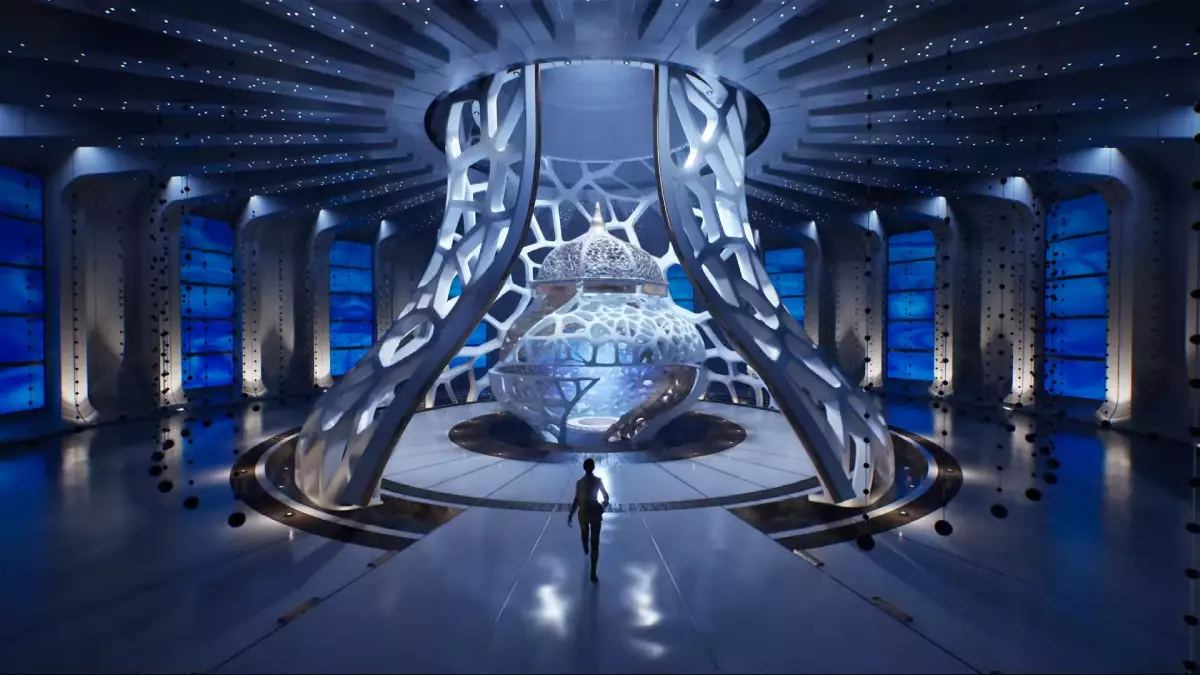In the world of video game development, lighting has always played a crucial role in crafting immersive environments. The capability to convey moods, highlight features, and provide context relies heavily on the lighting technology used. Recently, ray tracing has taken this to the next level, establishing itself as a standard for triple-A titles. However, the introduction of Unreal Engine 5.5’s MegaLights is poised to revolutionize the industry yet again by allowing developers to push the boundaries of lighting in ways previously thought impossible.
Breaking Barriers with MegaLights
Unreal Engine 5.5’s MegaLights was revealed at Unreal Fest in Seattle, providing a fascinating look into what could be the next significant leap in game lighting technology. This new feature seeks to enable developers to utilize “orders of magnitude more” shadow-casting lights without severely affecting game performance. This development has excited lighting artists who often encounter technical limitations that can stifle creativity. As Wyeth Johnson, senior director of product strategy for Unreal Engine at Epic Games, stated, “Unreal Engine is at its best when users can express themselves without technical constraint.” The drive for unrestricted creativity can now lead to a more engaging and aesthetically pleasing gaming experience.
During the presentation, a live demonstration showcased a vibrant marketplace scene utilizing 1,000 light sources. This impressive display highlighted MegaLights’ potential, where even subtle illumination changes transformed the visual experience. Shadows are not simply an afterthought in this new technology; they breathe life into the environment, providing depth and realism that enhance gameplay. The fluidity and dynamism of these light sources were further emphasized by allowing movable elements—like an animated swarm of drones—to interact with the lighting, creating an immersive spectacle.
While the technological leap represented by MegaLights is remarkable, concerns around performance cannot be overlooked. High-end graphics capabilities often require significant hardware investment; thus, the question arises: will this new technology leave lower-end hardware users in the shadows? Epic Games has made substantial strides in addressing these concerns as demonstrated by running MegaLights natively on a base PlayStation 5 console. During the demo, senior technical product manager Victor Brodin operated the DualSense controller, demonstrating that the technology could function smoothly even on less powerful hardware. This commitment to optimization could make MegaLights a game-changer, enabling a wide range of developers to produce striking visuals without compromising performance.
Industry experts are already weighing in on the implications of MegaLights. Del Walker, a senior character artist with a notable portfolio, emphasized the impact that this advancement could have on the development process. He pointed out that many games look stunning during initial development stages but often require lighting cutbacks to make them run on consoles. With MegaLights, developers may no longer need to make such sacrifices, allowing for richness and depth in player experiences previously unseen.
As the gaming community eagerly awaits the first projects that will leverage Unreal Engine 5.5’s MegaLights, a mixture of excitement and skepticism lingers. While the early demonstrations are promising, the true test will come when developers integrate this technology into their actual titles. The anxiety around whether this innovative lighting solution can live up to its potential is palpable. It’s crucial that the technology does not simply remain a showcase piece but transitions successfully into mainstream applications within upcoming games.
Moreover, as production processes adapt to incorporate MegaLights, we can expect to see a slew of new creative opportunities arise. Artists and developers can explore uncharted territories of design, captivating players with deeper worlds, nuanced characters, and overall more engaging narratives. The gameplay landscape stands to be transformed as the boundaries of regular lighting techniques are pushed back, inviting both veteran and budding game developers alike to harness the power of MegaLights.
The unveiling of MegaLights is more than just a technological advancement; it represents a fundamental shift in how lighting is perceived in video games. By removing constraints and opening new avenues for creativity, MegaLights is set to elevate the player experience to new heights. The shadows may yet hold surprises, but the future is undeniably bright.


Leave a Reply